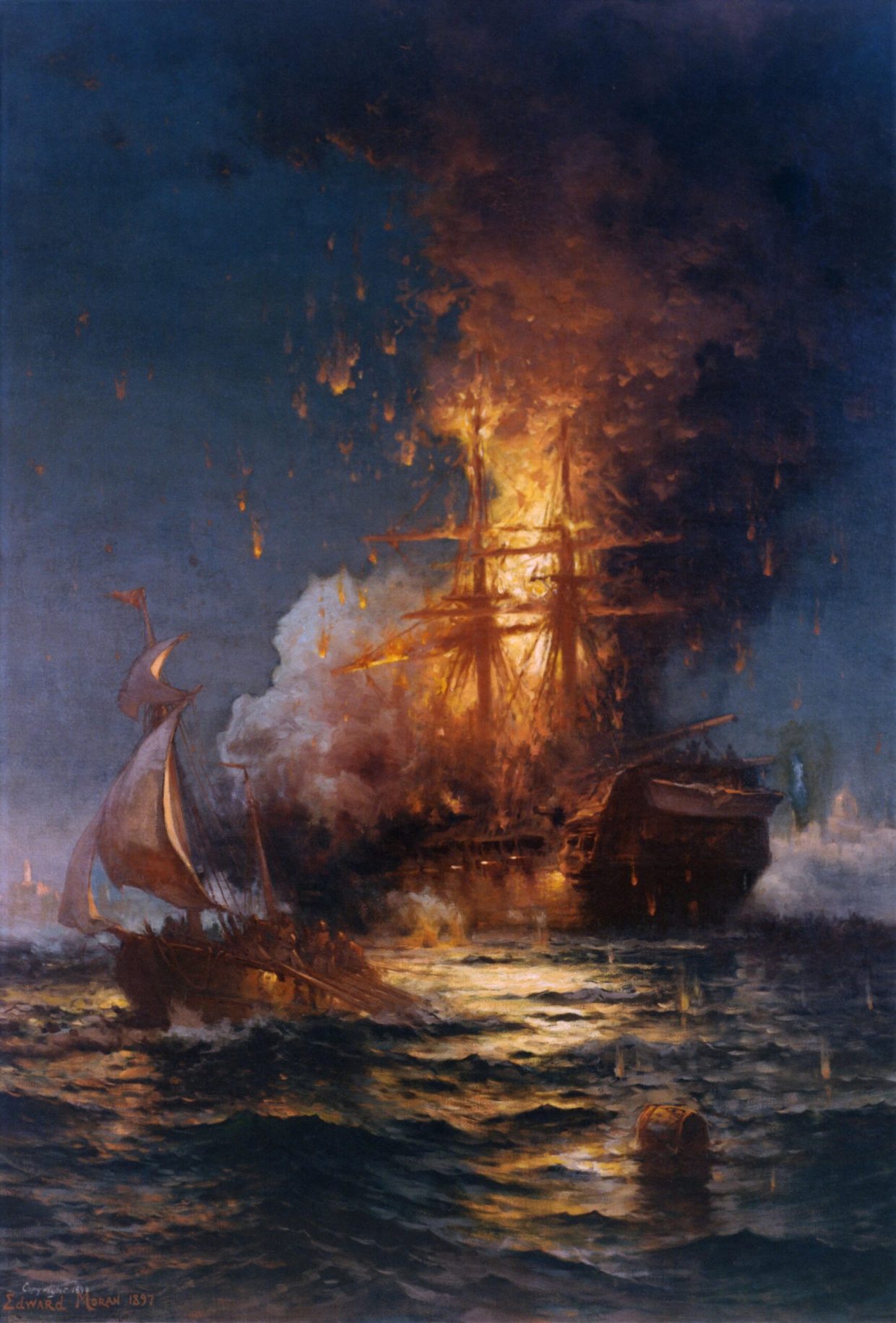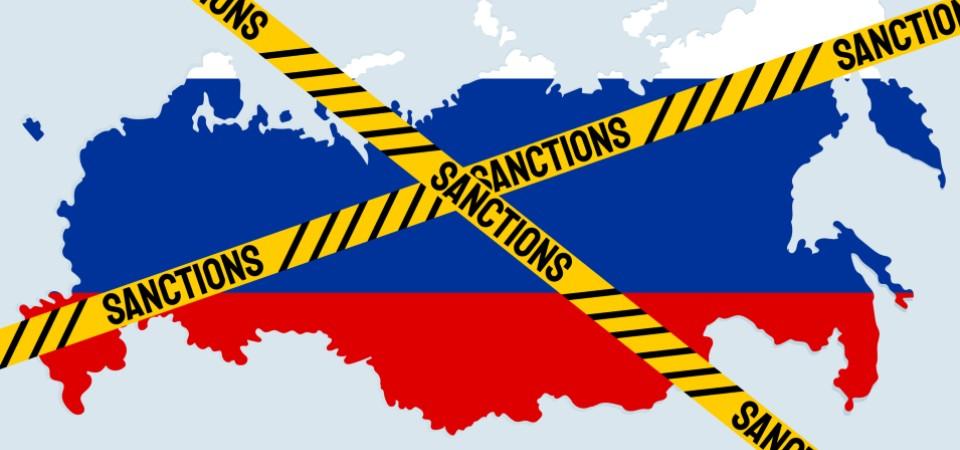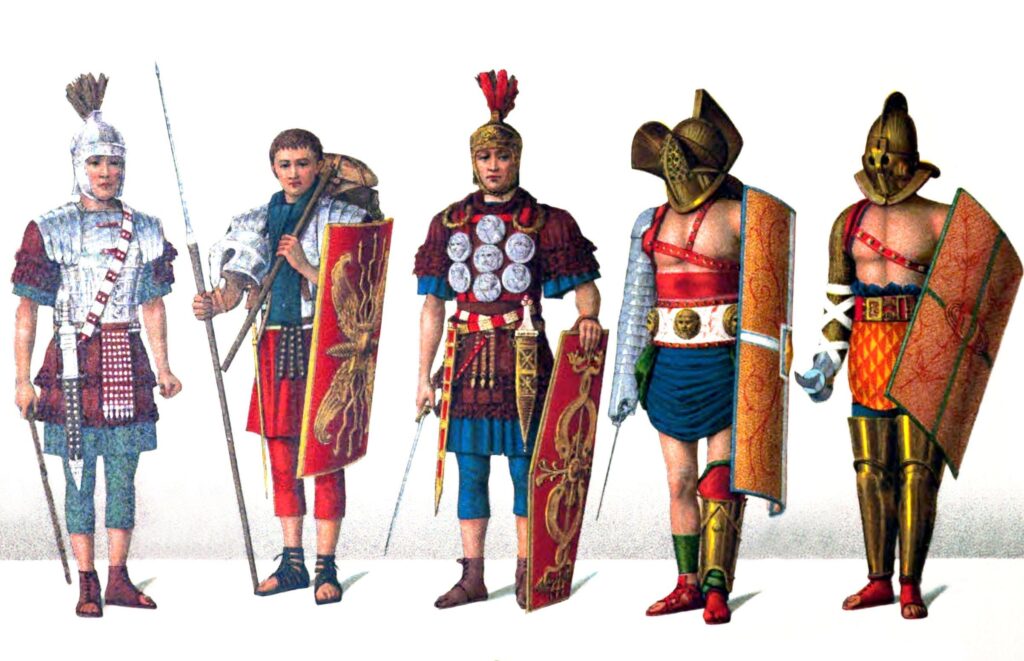When most people think about America’s fight for freedom, their minds often jump to the Revolutionary War or the Civil War. Yet, one of the earliest testaments to the young nation’s resolve to protect its interests and assert its sovereignty came far from home, on the rugged shores of North Africa. The First Barbary War, fought between 1801 and 1805, marked America’s first significant military conflict overseas and set the stage for its future role on the global stage. This lesser-known chapter of history reveals how the fledgling United States confronted piracy, defended its commerce, and proved that its commitment to liberty extended beyond its own borders. In this article, we’ll explore the origins, key battles, and lasting impact of the First Barbary War—a foundational story of America’s early fight for freedom.
Table of Contents
- Origins and Causes of the First Barbary War Explaining the Geopolitical Stakes and Early American Challenges Key Naval Strategies and Tactical Innovations That Shaped the Conflict Lessons Learned from the First Barbary War for Modern Maritime Security Efforts
- In Retrospect
Origins and Causes of the First Barbary War Explaining the Geopolitical Stakes and Early American Challenges Key Naval Strategies and Tactical Innovations That Shaped the Conflict Lessons Learned from the First Barbary War for Modern Maritime Security Efforts
The First Barbary War emerged from the complex tapestry of early 19th-century geopolitics, where the young United States sought to assert its sovereignty on the global stage. The Barbary States—Morocco, Algiers, Tunis, and Tripoli—leveraged piracy and tribute demands to control Mediterranean trade routes, challenging emerging maritime powers. For America, the stakes were enormous: safeguarding merchant vessels foreign from the corsair threat was crucial for economic growth and international legitimacy. Early American naval forces grappled with limitations in experience, resources, and ships, yet their determination to confront these challenges laid a foundation for the nation’s naval identity.
Key naval strategies and tactical innovations defined the conflict’s trajectory and its enduring legacy. The U.S. Navy pioneered the use of small, maneuverable frigates capable of both commerce protection and offensive operations, exemplified by naval blockades and daring assaults, such as the raid on Tripoli harbor. These actions showcased the strategic value of mobility and surprise, principles that remain central to naval doctrine. Lessons from the war continue to inform modern maritime security efforts, emphasizing the necessity of adaptable forces, coalition-building, and the defense of free trade against asymmetric threats. The First Barbary War, thus, remains a seminal chapter in the evolution of American naval power and a blueprint for addressing unconventional maritime challenges today.
In Retrospect
As we reflect on the significance of the First Barbary War, it becomes clear that this early conflict was more than just a battle against North African corsairs—it was a defining moment in America’s assertion of its sovereignty and willingness to defend its principles on the international stage. The courage and determination shown by the young nation’s leaders and military set important precedents for American foreign policy and naval power. Understanding this war helps us appreciate the roots of America’s enduring commitment to freedom and the rule of law, lessons that continue to resonate in today’s complex global landscape.











